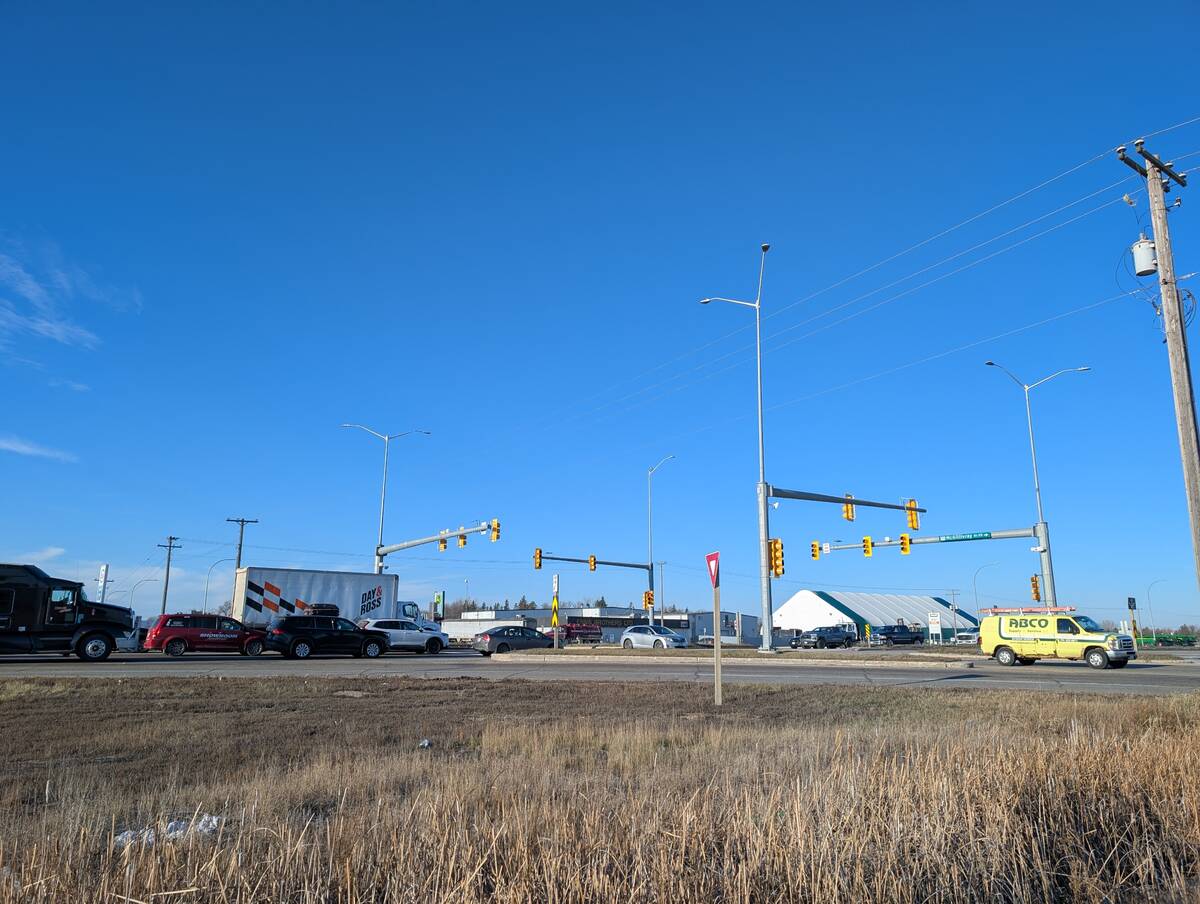Work began this week on a comprehensive plan for managing water in the Assiniboine River Basin.
About 140 representatives of municipalities and counties plus water-governing organizations and associations from Manitoba, North Dakota and Saskatchewan gathered in Virden March 26 for a workshop to define water management issues and needs of the Assiniboine River Basin.
Organizers hope an agreement will emerge to form a multi-jurisdictional water management organization that spans the entire basin, which includes large areas of Saskatchewan, Manitoba and North Dakota and encompasses the sub-basins of the Qu’Appelle, Souris and Assiniboine rivers.
Read Also

Manitoba farmers uneasy on expropriation
Farmland expropriation for Oak Bluff highway project brings process, farmer compensation concerns back to the fore.
The catalyst for the meeting is the Prairie Improvement Network (PIN), formerly known as the Manitoba Rural Adaptation Council, which has been working on what it’s dubbed the Assiniboine River Basin Initiative for about a year.
A planning committee for the ARB Initiative commenced last fall and now has nearly 50 members, including those representing Keystone Agricultural Producers, Agricultural Producers Association of Saskatchewan, the associations for municipalities in both provinces, conservation districts and other grassroots and government organizations.
Lance Yohe, executive director for the Red River Basin Commission described how his organization developed at PIN’s annual meeting last week. In an interview Yohe said the Virden meeting was designed to allow stakeholders to identify priorities, whether that is flood protection, water quality or groundwater issues, and determine whether there is enough common ground to work together addressing them.
More from the Manitoba Co-operator website: Farmers, government spar over use of Portage Diversion
The RRBC ultimately evolved into a multi-jurisdictional entity that is today funded by all three levels of government. It has no specific authority of its own, but it provides great value to legislators because of its ongoing data and information gathering and the big picture it provides, Yohe said.
“They see value in what we do for everybody in trying to think of the bigger picture and create that path foward,” he said.
Keystone Agricultural Producers vice-president Dan Mazier, one of nearly 50 now serving on the ARB Initiative’s planning committee, said he was confident there would be a collaborative effort going forward.
“As a farmer the one thing I can never get over is how many different entities are looking after water management in the same basin,” he said.
“There are conservation districts, the municipalties, the towns and cities, water users, and no one is really tying them together,” he said. “This organization should tie us all together and get us all going in the same direction.”
















